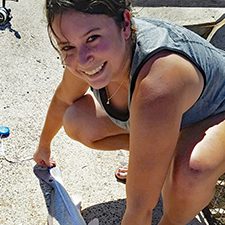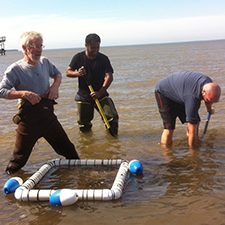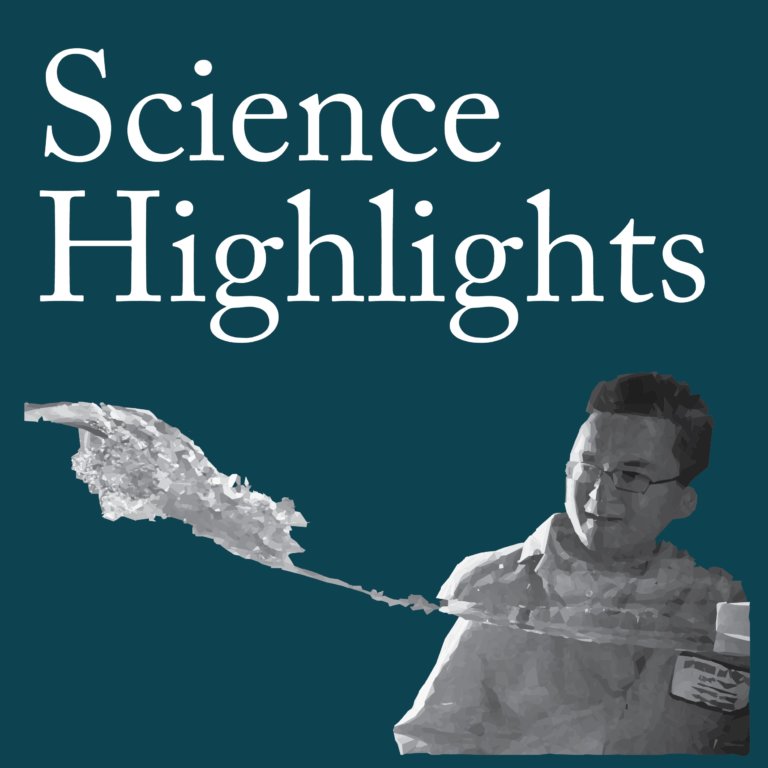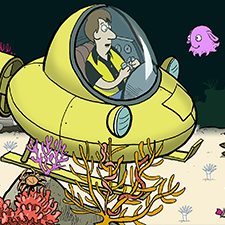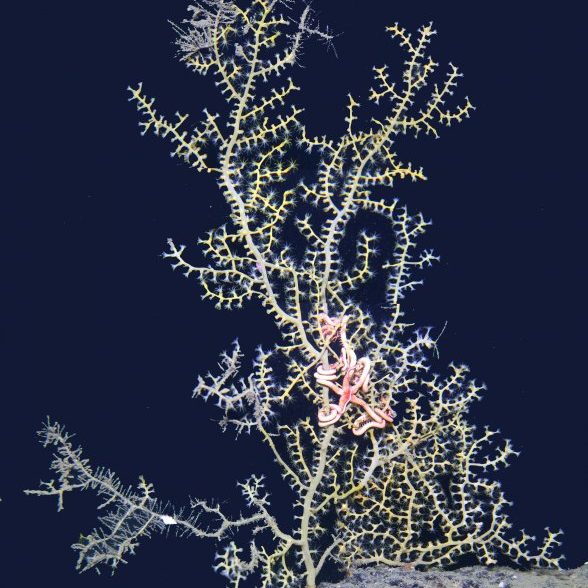Study Simulates Effectiveness of Chemical Dispersant Applications
Scientists developed a modeling framework that includes small-scale fluid dynamics to investigate how dispersant application during Deepwater Horizon may have affected oil biodegradation and the environment.





